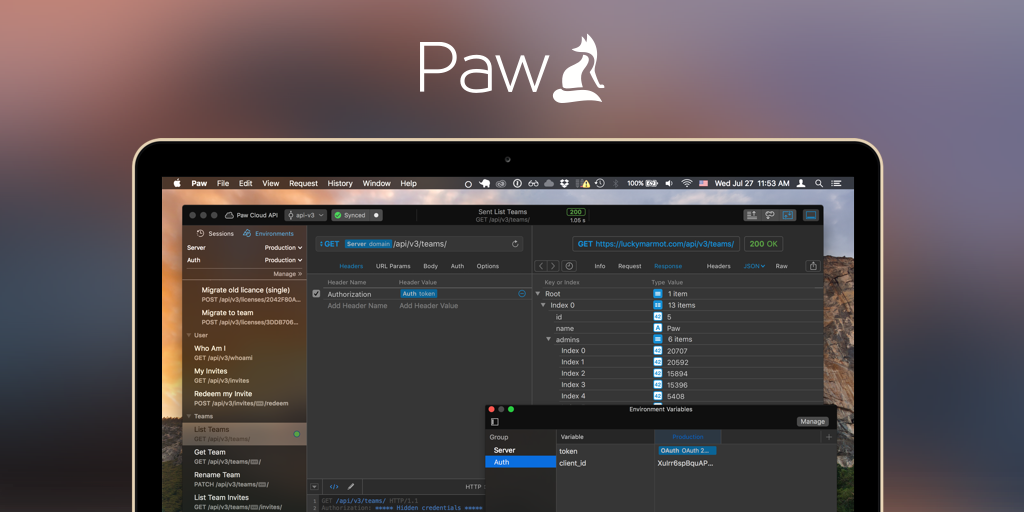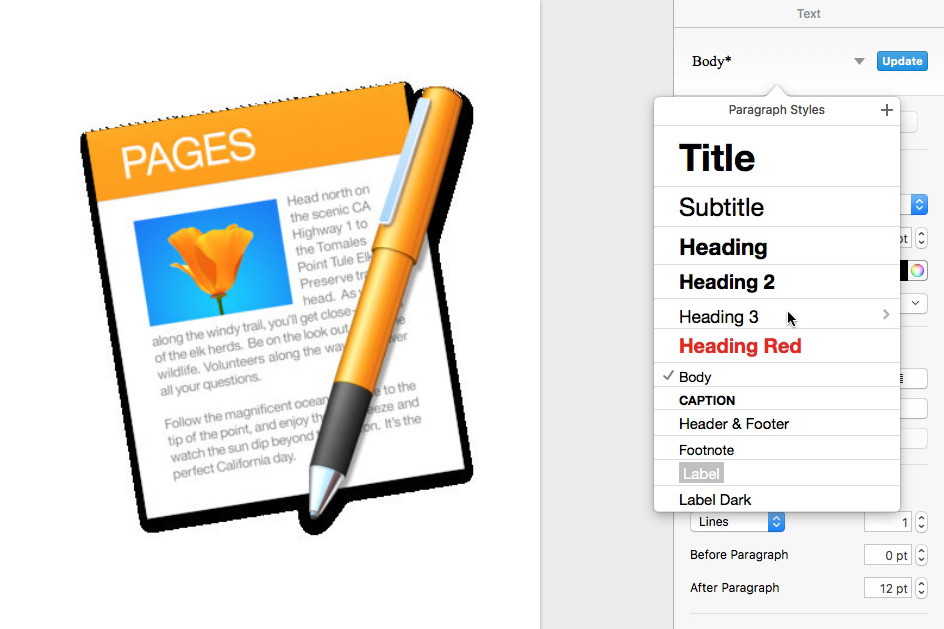Build A Body Mac OS
- Check the Applications folder and see if there is an app named 'Install macOS (OS Name)'. If there is, go to the next step. If not, go to the App Store (online). Do a search for the name of the current Mac OS version, click on the icon or 'VIEW' above the entry for the OS, then on the next screen click on 'GET'.
- A broken Mac computer with Mac OS X. A trial copy of the TransMac software. One high quality USB flash drive with 16GB of storage. A copy of Apple’s macOS (DMG file). Now that you have all the necessary ingredients, you’re ready to make a Mac OS X bootable USB using the DMG file of the operating system with the steps below.
- 3 techniques on how you can apply the Mac Face and Body foundation and a little review on how it performs. Is it still one of the best foundations on the mar.
- Building Chromium for arm Macs requires additional setup. Full rebuilds are about the same speed in Debug and Release, but linking is a lot faster in Release builds. Isdebug = false in your args.gn to do a release build. Iscomponentbuild = true in your args.gn to build many small dylibs instead of a single large.
Mac OS X is a Unix flavor, partially based uponBSD Unix.
The supported Mac OS X versions created by Apple are

You will need a functioning Mac in order to download a copy of the Mac OS. You will also need a 16 GB flash drive (these are about $5 on Amazon), and a small screwdriver to assemble your hardware. 2) Buy recommended hardware Do your research to make sure that you are buying hardware that other people have used in hackintoshes before.
- OS X 10.6 Snow Leopard
- OS X 10.7 Lion
- OS X 10.8 Mountain Lion
- OS X 10.9 Mavericks
- OS X 10.10 Yosemite
Mac OS X is a proprietary UNIX flavor of BSD Unix and only partially similar toLinux. Therefore, the usual packages from Linux distributions cannot be usedwithout modifications.
There are several known package managers which provide support for Mac OS X, namely
The main purpose of all of these projects is to provide the missing Linux packagesfor Mac OS X.
Throughout this tutorial, we are only using Homebrew, becauseit appears to be the most light-weight package manager available. All installationsare made to /usr/local/(bin lib include shared) by simple symlinks.
But it should be easy to translate these instructions for the other, heavier package managers.
Installing prerequisites¶
Install Package Manager:
Follow the on-screen instructions to make adjustions, especially run
Also see the homebrew homepage for further information
Install Xcode (optional):
Follow the on-screen instructions. If you selected any extensions to be installed,wait for their completion before you proceed.
Note
If you are using Mavericks, you can also use the Xcode Command Line Tools without actually installing Xcode(not tested, see this article: How to Install Command Line Tools in OS X Mavericks (Without Xcode)).
Install the Xcode command Line Tools:
After Xcode installation has finished, you can open a command shell and issue
This will open a dialog window with further instructions.After the command line tools are installed, you will not need to use Xcode againin order to set up PySide.
Install build dependencies:
Remark: This installs
HomebrewPython, which is fine for you as a single user.If you are considering to build installers for external users, see the sectionAboutPySideDistributions.Install latest
pipdistribution into the Python youinstalled in the first step: download get-pip.py and run it usingthepythoninterpreter of your Python 2.7 installation using acommand prompt:Note
There are situations with older Python versions, where the above procedure does not work.You can then use this last-resort work-around (tested):
Install latest
wheeldistribution:

About PySide Distribution¶
If you want to build PySide for your own use, the above instructions are ok.
But when you are considering to build PySide for other versions or other users, you needto be aware of the following caveat:
- Mac OS X has the concept of a
MACOSX_DEPLOYMENT_TARGET - The current deployment targets which work with PySide are 10.6 to 10.9 .
- All binary installers from https://www.python.org are built with the setting
- The default setting for the deployment target of an extension (like PySide)is always inherited from the Python used for building.You can set the deployment target higher than that, but not below theOS X version that was set during building your Python installation.
- Current distributions like Homebrew set the deployment target to the samevalue as the OS version they are built with. (I.E. 10.9 for Mavericks).
- Example: A PySide, built on Mavericks, will therefore not run on a Python that was builtfor Mountain Lion.
Build A Body Mac Os X
Recommendation:
- Use Homebrew’s simplicity for your own machine. Do not use it for distributing.
- Use one of the Python.org Distributionsor
- Build your own Python, either from a tar archive (Python 2.7 orPython 3.4), or from aMercurial repository with an explicit setting of
MACOSX_DEPLOYMENT_TARGET.
Building PySide distribution¶
Download
PySidesource distribution:Extract the source distribution:
Switch to the distribution directory:
Build the
wheelbinary distribution:
Building PySide distribution from a Git repository¶
Clone
PySidesetup scripts from git repository:Switch to the
pyside-setupdirectory:Build
PySidedistribution:To build the development version of
PySidedistribution, ignore the –version parameter:
Installing PySide distribution¶
Build A Body Mac Os Download
After the successful build, install the distribution with
pip:
Build A Body Mac Os 11
Installing PySide distribution into virtual Python environment¶
Install latest
virtualenvdistribution:Use
virtualenvto make a workspace:Activate the virtual Python in the
envdirectory:Install the distribution with
pip:Leave the virtual environment (optional):
Is your Mac up to date with the latest version of the Mac operating system? Is it using the version required by a product that you want to use with your Mac? Which versions are earlier (older) or later (newer, more recent)? To find out, learn which version is installed now.
If your macOS isn't up to date, you may be able to update to a later version.
Which macOS version is installed?
From the Apple menu in the corner of your screen, choose About This Mac. You should see the macOS name, such as macOS Big Sur, followed by its version number. If you need to know the build number as well, click the version number to see it.
Which macOS version is the latest?
Download New Mac Os
These are all Mac operating systems, starting with the most recent. When a major new macOS is released, it gets a new name, such as macOS Big Sur. As updates that change the macOS version number become available, this article is updated to show the latest version of that macOS.
If your Mac is using an earlier version of any Mac operating system, you should install the latest Apple software updates, which can include important security updates and updates for the apps that are installed by macOS, such as Safari, Books, Messages, Mail, Music, Calendar, and Photos.
| macOS | Latest version |
|---|---|
| macOS Big Sur | 11.3 |
| macOS Catalina | 10.15.7 |
| macOS Mojave | 10.14.6 |
| macOS High Sierra | 10.13.6 |
| macOS Sierra | 10.12.6 |
| OS X El Capitan | 10.11.6 |
| OS X Yosemite | 10.10.5 |
| OS X Mavericks | 10.9.5 |
| OS X Mountain Lion | 10.8.5 |
| OS X Lion | 10.7.5 |
| Mac OS X Snow Leopard | 10.6.8 |
| Mac OS X Leopard | 10.5.8 |
| Mac OS X Tiger | 10.4.11 |
| Mac OS X Panther | 10.3.9 |
| Mac OS X Jaguar | 10.2.8 |
| Mac OS X Puma | 10.1.5 |
| Mac OS X Cheetah | 10.0.4 |